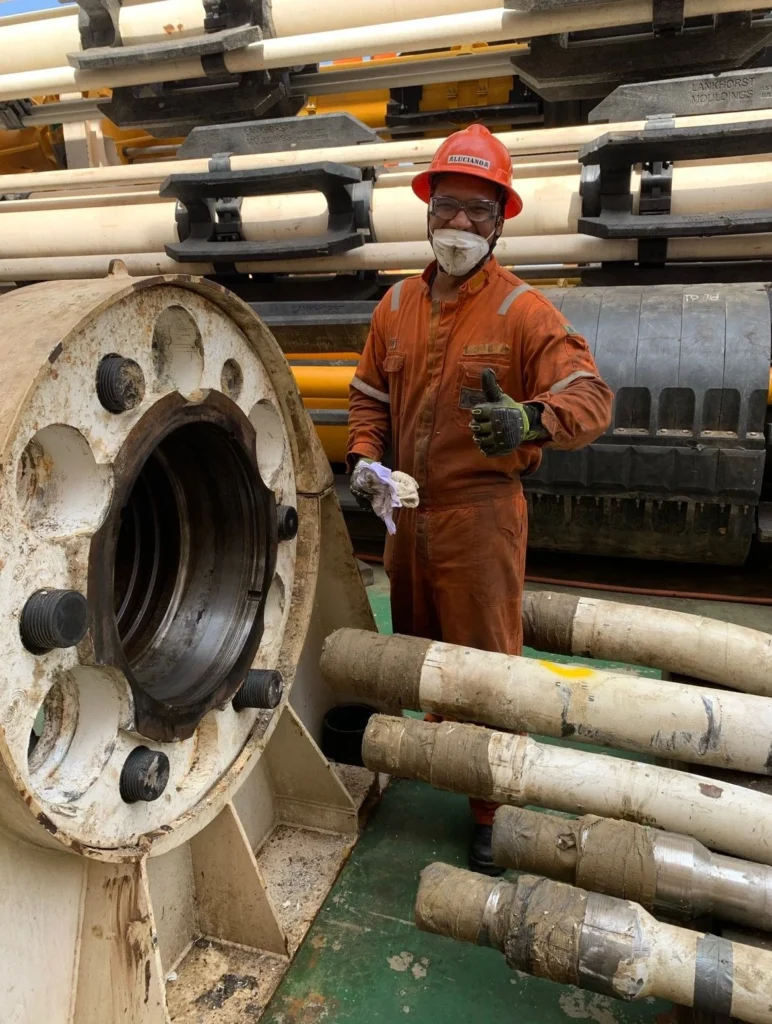Have you ever wondered how oil and gas, the fuels powering our world, are found? While some are extracted from land, a significant portion comes from beneath the vast ocean floors. This is where the fascinating process of offshore drilling comes into play.
Offshore drilling, also known as offshore oil and gas exploration, involves drilling deep into the Earth’s crust beneath the seabed to extract oil and natural gas reserves. These reserves are trapped within porous rock formations, and drilling allows us to access and pump them to the surface.

How is it done?
The process is complex and requires specialized equipment and expertise. Here’s a simplified breakdown:
- Exploration: Using advanced technologies like seismic surveys, geologists identify areas with potential oil and gas reserves.
- Platform installation: Massive platforms called jackets or semi-submersibles are anchored to the seabed, serving as the base for drilling operations.
- Drilling and completion: A specialized drill bit bores into the seabed and creates a wellbore, reaching the oil and gas reservoirs. Casing and tubing are installed to secure the wellbore and control the flow of oil and gas.
- Production: Once the well is complete, oil and gas are pumped to the surface through pipelines or tankers for processing and distribution.
Types of offshore drilling platforms:
- Jackets: These fixed platforms are secured to the seabed by piles driven into the ground. They are suitable for shallow water depths.
- Semi-submersibles: These platforms float on the surface of the water but are anchored to the seabed. They are used in deeper water depths and can withstand harsh weather conditions.
- Drill ships: These are mobile vessels that use dynamic positioning systems to stay in place above the wellbore. They are ideal for exploring and drilling in remote locations.
Benefits and Challenges:
Benefits:
- Meeting energy demands: Offshore drilling plays a crucial role in meeting the global demand for oil and gas, powering transportation, industries, and homes.
- Economic growth: The industry creates jobs, generates revenue for governments, and drives economic development in coastal communities.
- Technological advancements: Offshore drilling fosters innovation and development of cutting-edge technologies for exploration, production, and environmental protection.
Challenges:
- Environmental concerns: Offshore drilling can have negative impacts on marine life and ecosystems, including oil spills, noise pollution, and habitat destruction.
- Safety risks: Accidents and spills can occur during drilling and production, posing risks to workers and the environment.
- Regulation and resource management: Balancing resource extraction with environmental protection requires robust regulations and responsible resource management practices.
The Future of Offshore Drilling:
The future of offshore drilling is driven by a need for balance. Technological advancements are enabling cleaner and more efficient drilling operations, while environmental regulations aim to minimize the impact on the marine environment.
Furthermore, the industry is exploring alternative energy sources like wind and wave power to reduce reliance on fossil fuels. The future of offshore drilling depends on finding a sustainable balance between energy needs, environmental protection, and technological innovation.
Additional Resources:
- International Association of Drilling Contractors (IADC): https://iadc.org/
- American Petroleum Institute (API): https://www.api.org/
- National Ocean Industries Association (NOIA): https://www.noia.org/
Check our other posts for daily vacancies join Telegram or WhatsApp
